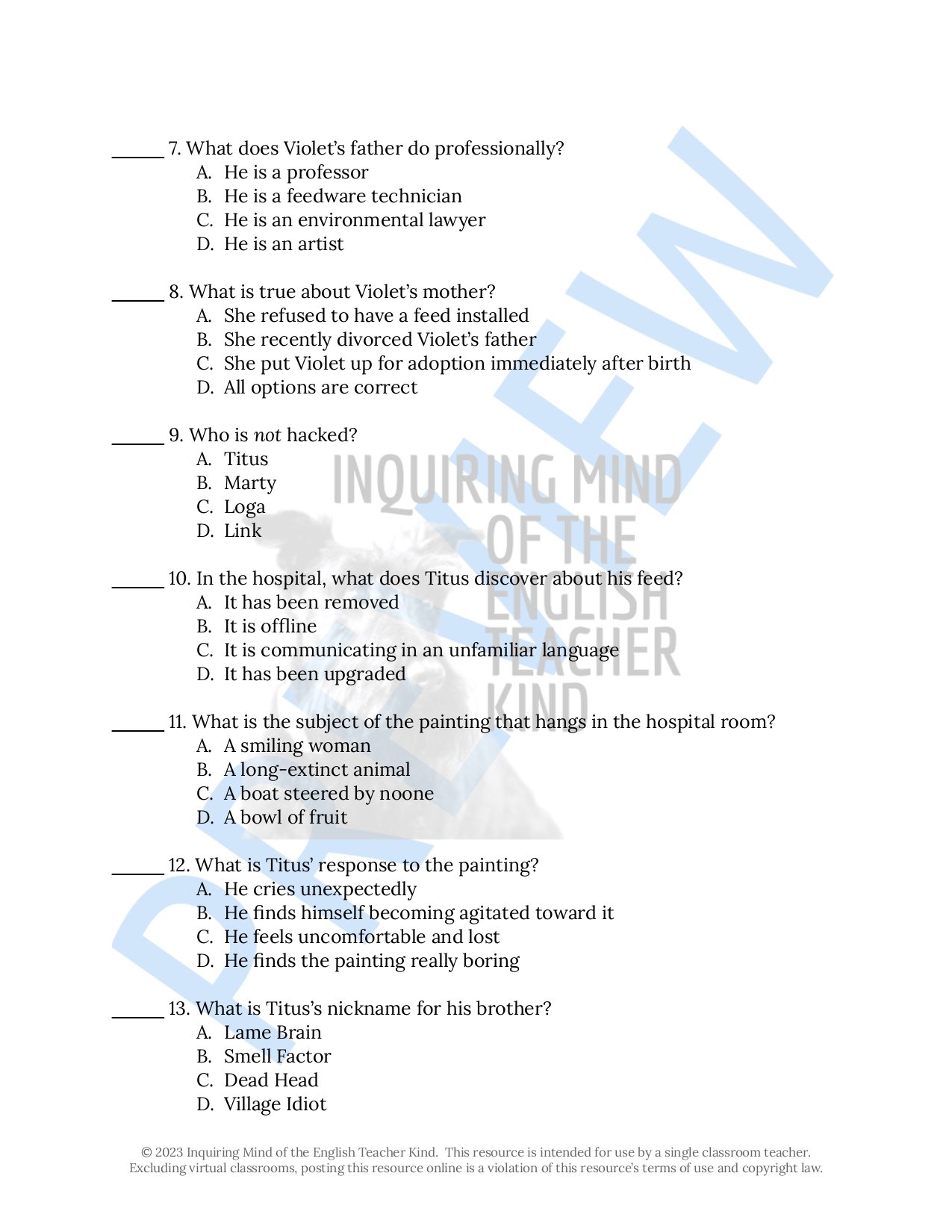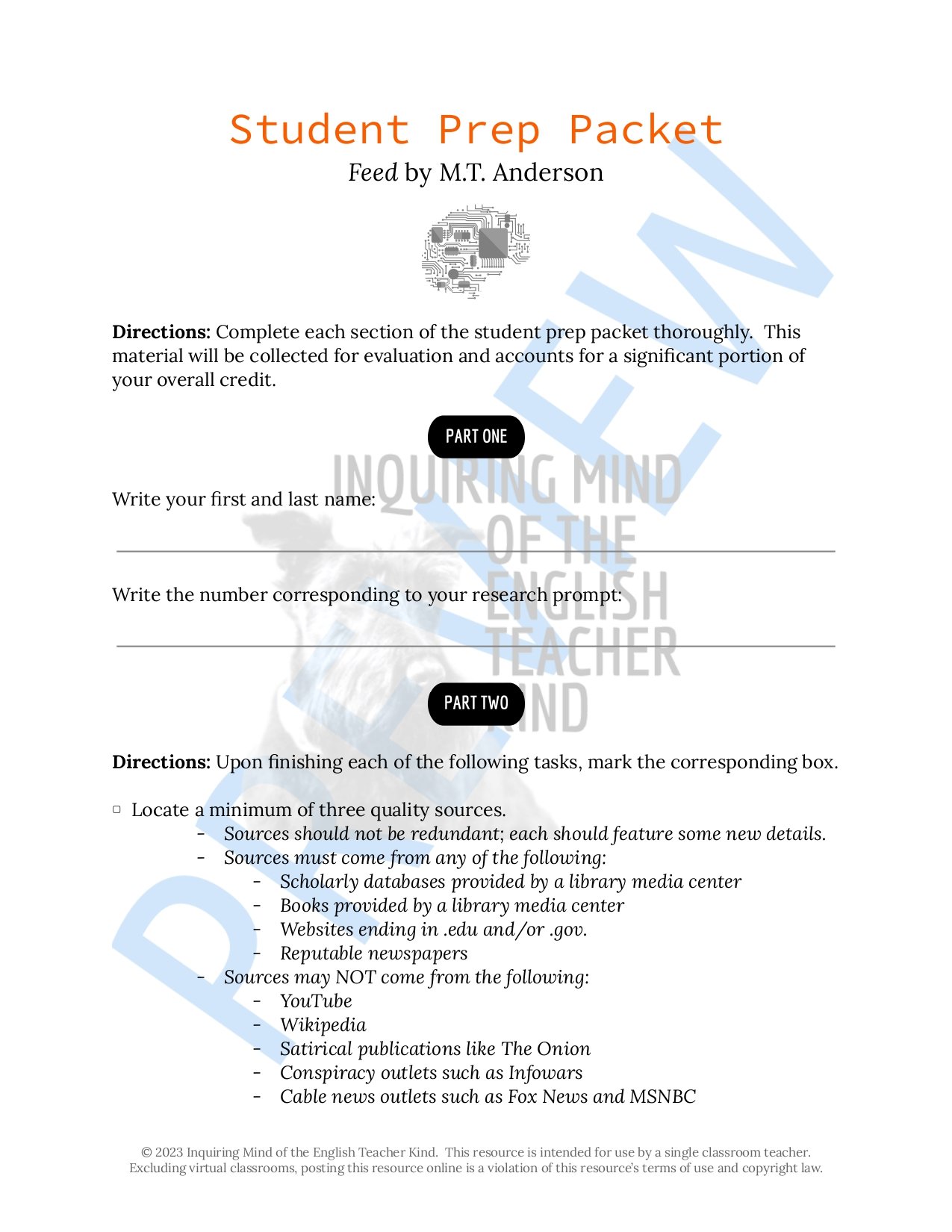 Image 1 of 76
Image 1 of 76

 Image 2 of 76
Image 2 of 76

 Image 3 of 76
Image 3 of 76

 Image 4 of 76
Image 4 of 76

 Image 5 of 76
Image 5 of 76

 Image 6 of 76
Image 6 of 76

 Image 7 of 76
Image 7 of 76

 Image 8 of 76
Image 8 of 76

 Image 9 of 76
Image 9 of 76

 Image 10 of 76
Image 10 of 76

 Image 11 of 76
Image 11 of 76

 Image 12 of 76
Image 12 of 76

 Image 13 of 76
Image 13 of 76

 Image 14 of 76
Image 14 of 76

 Image 15 of 76
Image 15 of 76

 Image 16 of 76
Image 16 of 76

 Image 17 of 76
Image 17 of 76

 Image 18 of 76
Image 18 of 76

 Image 19 of 76
Image 19 of 76

 Image 20 of 76
Image 20 of 76

 Image 21 of 76
Image 21 of 76

 Image 22 of 76
Image 22 of 76

 Image 23 of 76
Image 23 of 76

 Image 24 of 76
Image 24 of 76

 Image 25 of 76
Image 25 of 76

 Image 26 of 76
Image 26 of 76

 Image 27 of 76
Image 27 of 76

 Image 28 of 76
Image 28 of 76

 Image 29 of 76
Image 29 of 76

 Image 30 of 76
Image 30 of 76

 Image 31 of 76
Image 31 of 76

 Image 32 of 76
Image 32 of 76

 Image 33 of 76
Image 33 of 76

 Image 34 of 76
Image 34 of 76

 Image 35 of 76
Image 35 of 76

 Image 36 of 76
Image 36 of 76

 Image 37 of 76
Image 37 of 76

 Image 38 of 76
Image 38 of 76

 Image 39 of 76
Image 39 of 76

 Image 40 of 76
Image 40 of 76

 Image 41 of 76
Image 41 of 76

 Image 42 of 76
Image 42 of 76

 Image 43 of 76
Image 43 of 76

 Image 44 of 76
Image 44 of 76

 Image 45 of 76
Image 45 of 76

 Image 46 of 76
Image 46 of 76

 Image 47 of 76
Image 47 of 76

 Image 48 of 76
Image 48 of 76

 Image 49 of 76
Image 49 of 76

 Image 50 of 76
Image 50 of 76

 Image 51 of 76
Image 51 of 76

 Image 52 of 76
Image 52 of 76

 Image 53 of 76
Image 53 of 76

 Image 54 of 76
Image 54 of 76

 Image 55 of 76
Image 55 of 76

 Image 56 of 76
Image 56 of 76

 Image 57 of 76
Image 57 of 76

 Image 58 of 76
Image 58 of 76

 Image 59 of 76
Image 59 of 76

 Image 60 of 76
Image 60 of 76

 Image 61 of 76
Image 61 of 76

 Image 62 of 76
Image 62 of 76

 Image 63 of 76
Image 63 of 76

 Image 64 of 76
Image 64 of 76

 Image 65 of 76
Image 65 of 76

 Image 66 of 76
Image 66 of 76

 Image 67 of 76
Image 67 of 76

 Image 68 of 76
Image 68 of 76

 Image 69 of 76
Image 69 of 76

 Image 70 of 76
Image 70 of 76

 Image 71 of 76
Image 71 of 76

 Image 72 of 76
Image 72 of 76

 Image 73 of 76
Image 73 of 76

 Image 74 of 76
Image 74 of 76

 Image 75 of 76
Image 75 of 76

 Image 76 of 76
Image 76 of 76













































































Feed by M.T. Anderson Bundle of Quizzes, Close Readings, Lit Circle Activities, and More
This low-prep bundle covering Feed by M.T. Anderson contains all the formative and summative assessments teachers need to assess general reading comprehension, support the development of close reading analysis skills, facilitate student research on a range of relevant topics, and greatly reduce take-home lesson planning responsibilities. Included are four multiple choice quizzes; four short answer alternate quiz options; four close reading worksheets covering fifteen substantive novel passages; literature circle activities; research project materials; an end-of-unit test; and answer keys for everything. Materials are delivered in both Word Document and PDF formats. (Alternatively, a Google Drive bundle option is available.)
By engaging with these resources, students will have opportunities to perform the following tasks:
Identify what the text states explicitly and implicitly
Clarify details where the author leaves information open to interpretation
Isolate examples of figurative language
Express the greater significance of given details
Determine the tone of given excerpts
Discern the functions of given excerpts
Explore how complex characters think, behave, develop, and interact
Articulate flaws in characters' logic
Analyze the author's use of narrative techniques such as repetition
Apply knowledge of various literary devices including simile, metaphor, personification, slang, onomatopoeia, situational irony, consonance, pun, idiom, epiphany, invective, malapropism, aposiopesis, neologism, and more
Consider theme in relation to the text
Evaluate an excerpt to articulate how it is a good example of satire
Relate a given excerpt to the real world, identifying two relevant societal issues, conflicts, or questions
Explore the connection between capitalism and the private healthcare system in America
Conduct brief research on the topic of cognitive dissonance in order to explain how a character experiences it in the context of a given excerpt
Cite textual evidence in support of ideas and claims
Write about literature with clarity, accuracy, and precision
Articulate connections between a research topic and the assigned novel
Develop successful methods of recording information
Evaluate the credibility of nonfiction texts, taking into consideration readability, date, relevance, expertise, and bias
Apply conventions of MLA formatting
Correctly site resources to avoid plagiarism
Organize information in a cohesive manner, using a note-taking system that includes summary, paraphrasing, and quoted material
Analyze, synthesize, and integrate information, generating a thoughtfully comprehensive report, free of generalities and redundancies
Present information in a formal, coherent manner
Materials are available for teaching a variety of young adult and dystopian novels:
This low-prep bundle covering Feed by M.T. Anderson contains all the formative and summative assessments teachers need to assess general reading comprehension, support the development of close reading analysis skills, facilitate student research on a range of relevant topics, and greatly reduce take-home lesson planning responsibilities. Included are four multiple choice quizzes; four short answer alternate quiz options; four close reading worksheets covering fifteen substantive novel passages; literature circle activities; research project materials; an end-of-unit test; and answer keys for everything. Materials are delivered in both Word Document and PDF formats. (Alternatively, a Google Drive bundle option is available.)
By engaging with these resources, students will have opportunities to perform the following tasks:
Identify what the text states explicitly and implicitly
Clarify details where the author leaves information open to interpretation
Isolate examples of figurative language
Express the greater significance of given details
Determine the tone of given excerpts
Discern the functions of given excerpts
Explore how complex characters think, behave, develop, and interact
Articulate flaws in characters' logic
Analyze the author's use of narrative techniques such as repetition
Apply knowledge of various literary devices including simile, metaphor, personification, slang, onomatopoeia, situational irony, consonance, pun, idiom, epiphany, invective, malapropism, aposiopesis, neologism, and more
Consider theme in relation to the text
Evaluate an excerpt to articulate how it is a good example of satire
Relate a given excerpt to the real world, identifying two relevant societal issues, conflicts, or questions
Explore the connection between capitalism and the private healthcare system in America
Conduct brief research on the topic of cognitive dissonance in order to explain how a character experiences it in the context of a given excerpt
Cite textual evidence in support of ideas and claims
Write about literature with clarity, accuracy, and precision
Articulate connections between a research topic and the assigned novel
Develop successful methods of recording information
Evaluate the credibility of nonfiction texts, taking into consideration readability, date, relevance, expertise, and bias
Apply conventions of MLA formatting
Correctly site resources to avoid plagiarism
Organize information in a cohesive manner, using a note-taking system that includes summary, paraphrasing, and quoted material
Analyze, synthesize, and integrate information, generating a thoughtfully comprehensive report, free of generalities and redundancies
Present information in a formal, coherent manner
Materials are available for teaching a variety of young adult and dystopian novels:
This low-prep bundle covering Feed by M.T. Anderson contains all the formative and summative assessments teachers need to assess general reading comprehension, support the development of close reading analysis skills, facilitate student research on a range of relevant topics, and greatly reduce take-home lesson planning responsibilities. Included are four multiple choice quizzes; four short answer alternate quiz options; four close reading worksheets covering fifteen substantive novel passages; literature circle activities; research project materials; an end-of-unit test; and answer keys for everything. Materials are delivered in both Word Document and PDF formats. (Alternatively, a Google Drive bundle option is available.)
By engaging with these resources, students will have opportunities to perform the following tasks:
Identify what the text states explicitly and implicitly
Clarify details where the author leaves information open to interpretation
Isolate examples of figurative language
Express the greater significance of given details
Determine the tone of given excerpts
Discern the functions of given excerpts
Explore how complex characters think, behave, develop, and interact
Articulate flaws in characters' logic
Analyze the author's use of narrative techniques such as repetition
Apply knowledge of various literary devices including simile, metaphor, personification, slang, onomatopoeia, situational irony, consonance, pun, idiom, epiphany, invective, malapropism, aposiopesis, neologism, and more
Consider theme in relation to the text
Evaluate an excerpt to articulate how it is a good example of satire
Relate a given excerpt to the real world, identifying two relevant societal issues, conflicts, or questions
Explore the connection between capitalism and the private healthcare system in America
Conduct brief research on the topic of cognitive dissonance in order to explain how a character experiences it in the context of a given excerpt
Cite textual evidence in support of ideas and claims
Write about literature with clarity, accuracy, and precision
Articulate connections between a research topic and the assigned novel
Develop successful methods of recording information
Evaluate the credibility of nonfiction texts, taking into consideration readability, date, relevance, expertise, and bias
Apply conventions of MLA formatting
Correctly site resources to avoid plagiarism
Organize information in a cohesive manner, using a note-taking system that includes summary, paraphrasing, and quoted material
Analyze, synthesize, and integrate information, generating a thoughtfully comprehensive report, free of generalities and redundancies
Present information in a formal, coherent manner
Materials are available for teaching a variety of young adult and dystopian novels:
Preview this resource.
his low-prep bundle covering Feed by M.T. Anderson contains all the formative and summative assessments teachers need to assess general reading comprehension, support the development of close reading analysis skills, facilitate student research on a range of relevant topics, and greatly reduce take-home lesson planning responsibilities. Included are four multiple choice quizzes; four short answer alternate quiz options; four close reading worksheets covering fifteen substantive novel passages; literature circle activities; research project materials; an end-of-unit test; and answer keys for everything.
